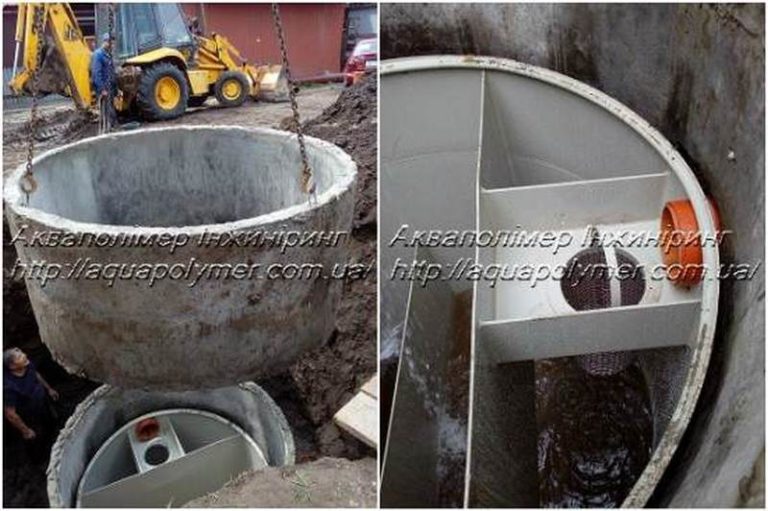Grease separators are a relatively recent discovery, but their popularity is growing rapidly. Manufacturers offer different models that differ in the principles of operation, method of installation and purpose.
First of all, all grease separators divided into two main categories:
- For household needs. Used in private kitchens, small businesses, hotels where volume of waste is small. Much cheaper than professional. Easy to install and unpretentious in care.
- Professional. More powerful and reliable, with high productivity, cope with constant loads and large volumes of pollutants. Require the same professional care. Used in catering establishments, medium and large enterprises.
Mounting technology
Depending on the capacity, performance and configuration of the equipment, grease separators are classified according to the method of installation:
- Compact. Used in conjunction with household plumbing. Are established on a pipe or under a sink. They are characterized by low productivity and unpretentiousness. They are usually cleaned by hand. The best option for home use.
- Floor. Individual tanks, the productivity of which is many times higher. Can be used in cafes or restaurants. For ease of cleaning, there is a shut-off valve that opens access to the chamber. Often such a grease separators are equipped with additional equipment – security system, alarm, water level sensor, automatic cleaning systems, etc.
- Industrial. These are the largest and most capacious tanks, which are usually installed underground or in special rooms. Design and shape depend on operating conditions. Grease separators with additional stiffeners are used for deep installation in the ground. Such a models pass up to several liters per second, so they are used in enterprises and industries. The most complex types are equipped with a multilevel cleaning system.
Materials for the manufacture of grease traps
All grease separators are also classified according to the type of materials fthey are made of.
- Plastic. Most often, these are household grease separators. At small volumes of drains they are durable, unpretentious and completely safe. Manufacturing technology allows to produce equipment in different shapes, sizes and configurations. We can be compact grease plates mounted on pipes or separate waste storage tanks.
- Fiberglass. Also different in variety, but stronger and stiffer. The main advantage over plastic is resistance to chemical influences. They can be used in pharmaceuticals, medical enterprises, chemical plants, laboratories.
- Steel. Stainless high-strength grease separators that are not afraid of chemical or mechanical influences. They are usually used in enterprises, restaurants, and industry. Easily cope with large volumes of wastewater, are not afraid of high temperatures. Shape – mostly standard, rectangular tank. Such a grease separators are more expensive than plastic ones.
And that the equipment and accessories for treatment plant were really high-quality and reliable, contact us. “Aquapolymer Engineering” company provides comprehensive environmental services of varying complexity for domestic or industrial needs.

